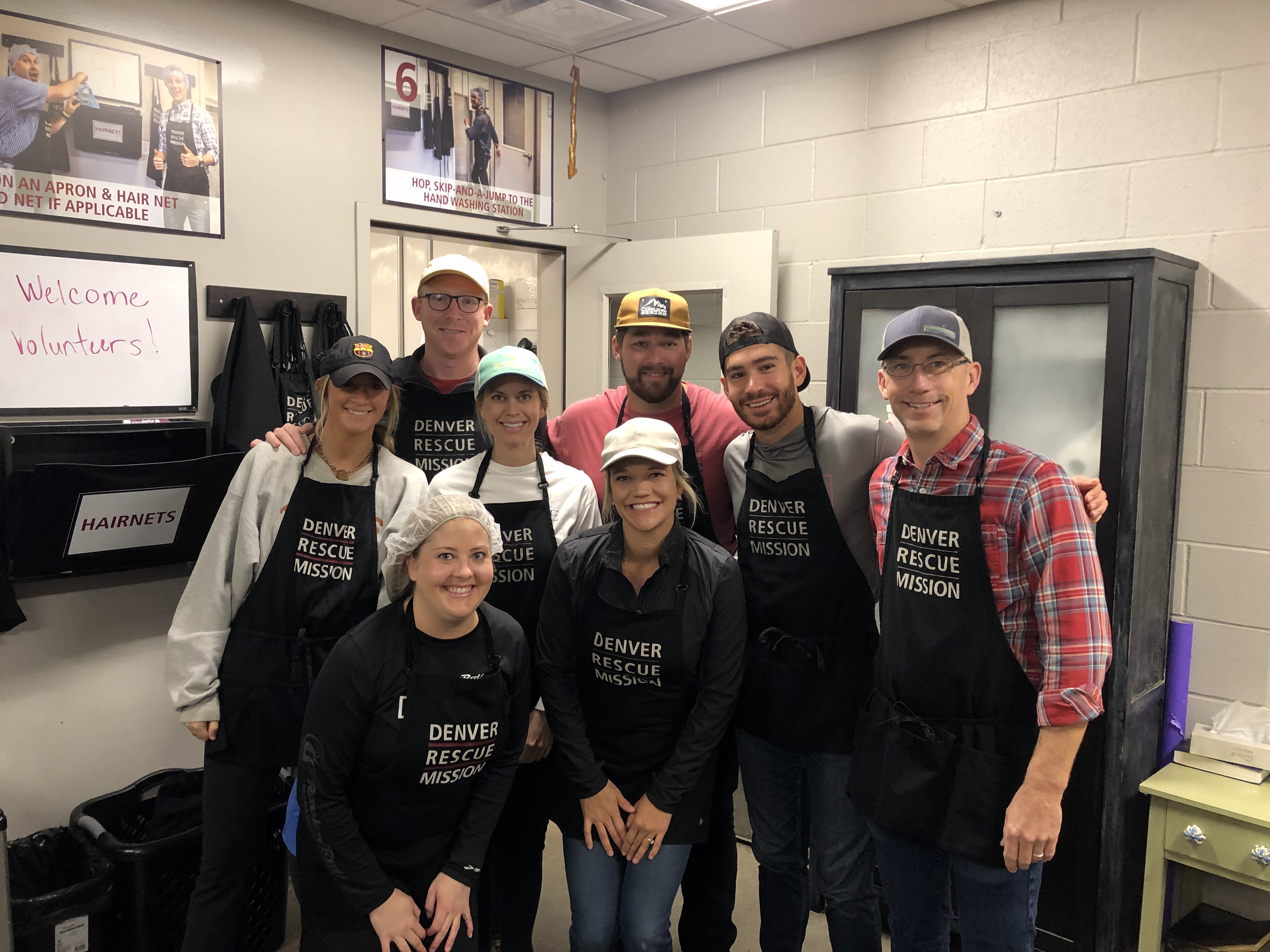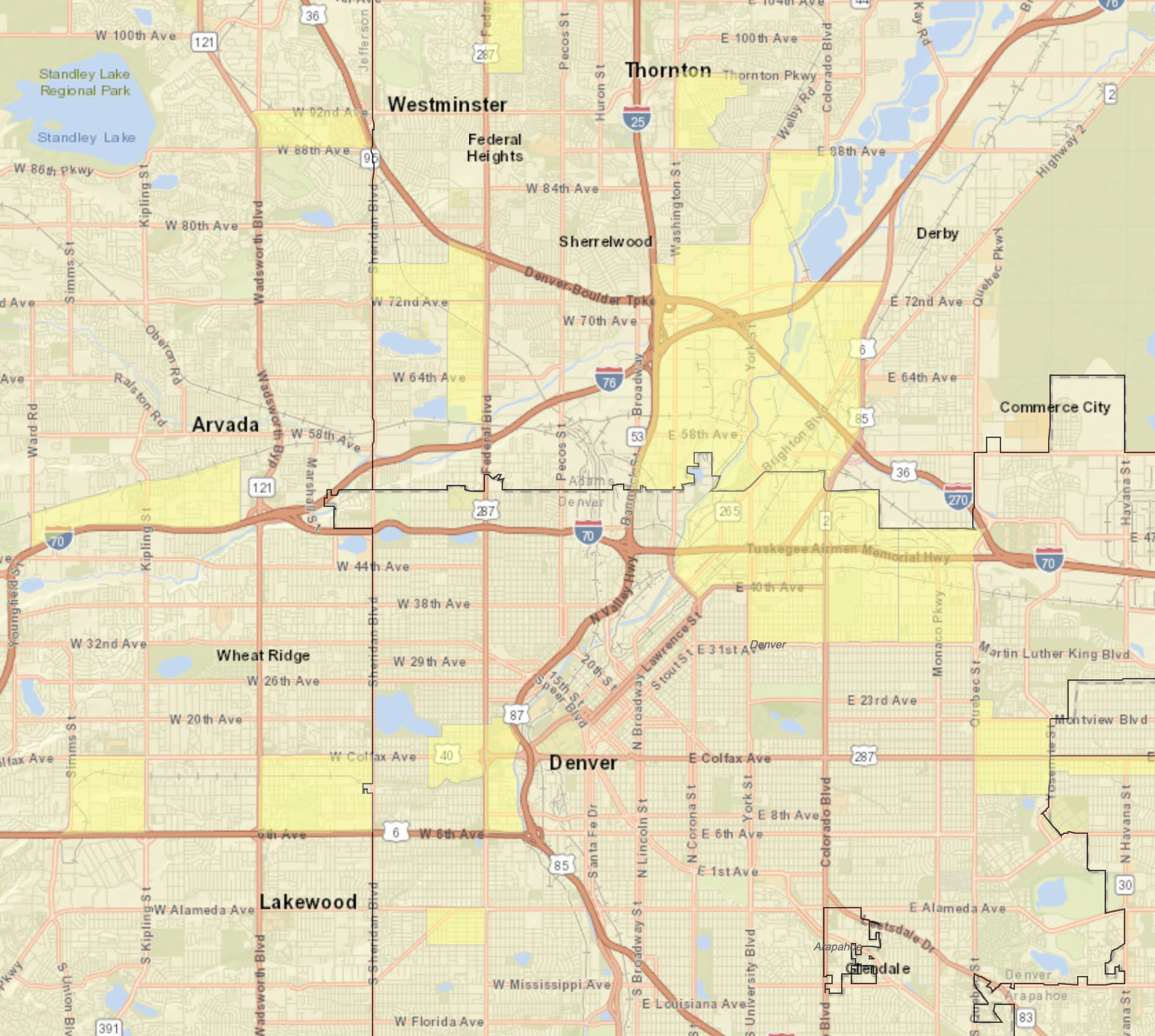Coronavirus (COVID-19): The Impact on Commercial Real Estate Lending
As this unprecedented situation with coronavirus (COVID-19) continues to impact communities around the world, people are seeking answers, particularly regarding the current state of financial markets. How will commercial real estate lenders respond as uncertainty continues to overshadow the market? Here’s some insight.
Recently, the federal government pumped $1.5 trillion into the economy in an effort to calm the market and provide liquidity so that business and property owners can maintain operations and keep people employed.
For commercial real estate owners in Colorado, this could be one of the greatest borrowing opportunities in our lifetime.
As the market responds to this dynamic situation, we’re seeing changes in lending behaviors across the industry. Some lenders are choosing to pull out completely; some are planning to close approved deals in the pipeline and re-evaluate; while others, primarily privately funded bridge lenders, are moving ahead in full force.
For commercial real estate owners/buyers in Colorado, this can be a particularly tricky landscape to navigate. During turbulent times, it’s important to have an experienced debt advisory advocate on your side to help evaluate a current situation with existing debt and/or assist with a new purchase.
Need debt advisory guidance?
Tributary Lending provides debt advisory services to assist our clients to effectively maneuver up-cycles and down-cycles using both bank and non-bank lending options.
If there’s anything we can do to help, please don’t hesitate to contact us at info@tributaryre.com.











